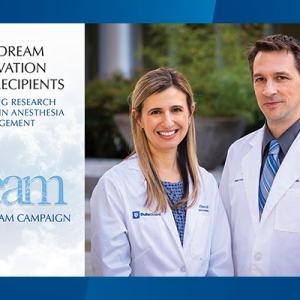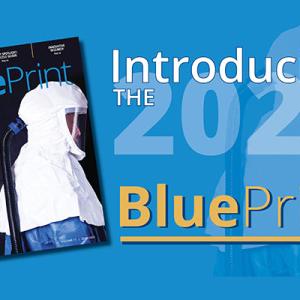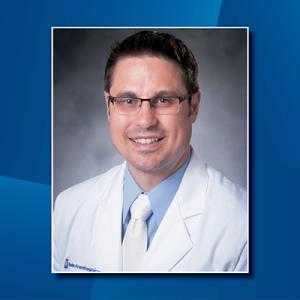Opioid Crisis Requires New Approaches to Prescription Opioid Management
In a special article published in Anesthesiology, Duke Anesthesiology’s Dr. Evan Kharasch (first author) introduces the groundbreaking new concept of a prescription opioid ecosystem to combat the opioid crisis and the opioid paradox.
In Remembrance of Dr. David S. Warner
It is with profound sadness that we inform you about the passing of a beloved member of our Duke Anesthesiology family and one of Duke’s most distinguished faculty, Dr. David S. Warner. He passed away on December 5 at the age of 68.
Dr. Ji Named a Highly Cited Researcher
Duke Anesthesiology's Ru-Rong Ji, PhD, is one of 38 Duke scientists named to the 2021 list of "Highly Cited Researchers" - an annual listing of pioneers in their field who represent the most influential researchers in the world.
Announcing the 2022 DIG Recipients
Congratulations to Drs. Lisa Einhorn and Shad Smith on being named the newest DREAM Innovation Grant (DIG) recipients for their innovative projects involving pediatric perioperative pain and innate healing processes.
Dr. Meng Named FAER Grant Recipient
Congratulations to Marie-Louise Meng, MD, on being awarded a Foundation for Anesthesia Education and Research Mentored Research Training Grant for her project aimed at developing a risk model to predict acute cardiovascular events in women with preeclampsia.
Introducing the 2021 BluePrint Publication
Duke Anesthesiology launches the 11th issue of its annual BluePrint magazine, featuring 72 pages of photos and articles from 2020/2021 that collectively showcase the department, including the cover story, “Anesthesiologists on the Front Lines of a Pandemic.”
Dr. Karhausen Awarded NIH Grant for Septic Shock Study
Congratulations to Jorn Karhausen, MD, on receiving a $1,719,290 R01 grant aimed at establishing mast cells responses as a biomarker of sepsis biology and developing novel therapeutic strategies that target disease progression in sepsis.
Dr. Bauer Awarded NIH Grant for Maternal Sepsis Study
Congratulations to Melissa Bauer, DO, on receiving a two-year, $1,575,463 grant for her large-scale community initiative and research that aims to reduce maternal morbidity and mortality from maternal infection.
Duke Anesthesiology Chairman Receives Esteemed Mentoring Award
Congratulations to Dr. Joseph Mathew, Jerry Reves, MD, Professor of Anesthesiology, on being named the 2021 recipient of the FAER Mentoring Excellence in Research Award, which recognizes the value of outstanding mentors in anesthesiology.
Dr. Privratsky Awarded NIH Grant to Develop Novel Therapeutic
Congratulations to Jamie Privratsky, MD, PhD, on receiving a $1,610,000 R01 grant to study the cellular mechanism of a novel kidney protective therapeutic to improve patient outcomes following surgery and kidney transplants.










